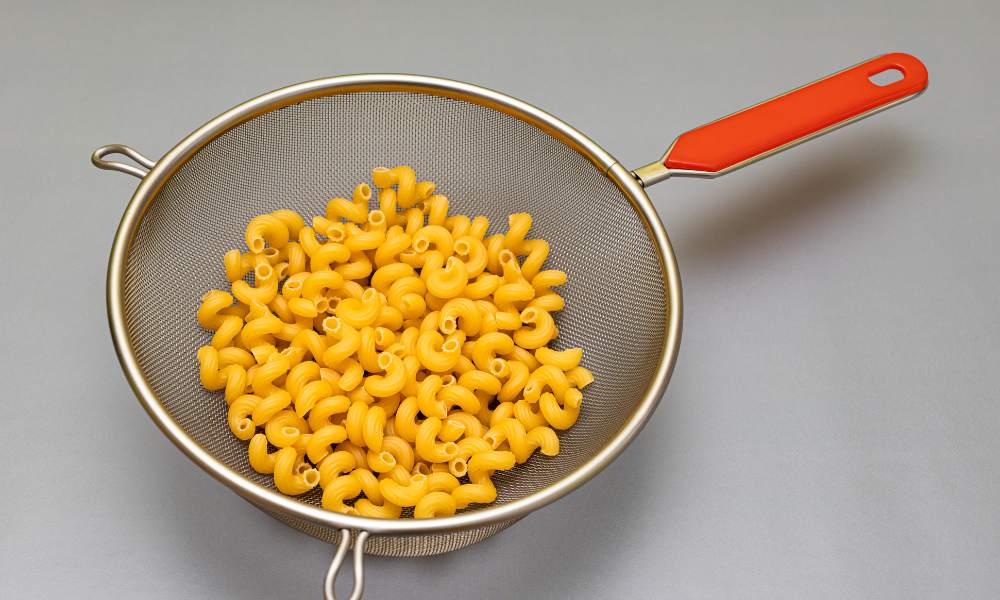Draining pasta without a colander is a simple yet effective technique that can save you from kitchen dilemmas, especially when you find yourself lacking the standard utensils. This process, which we’ll explore in depth, involves using items you likely already have in your kitchen to achieve the same results as with a traditional colander. By mastering this method, you can ensure your Noodles dishes remain on the menu, even when you’re improvising with your kitchen tools. Whether you’re in a pinch or just looking to streamline your cooking process, learning how to drain pasta without a colander is a valuable kitchen hack that can make meal preparation smoother and more efficient.
Why You Might Need An Alternative?
1. The Lid Method
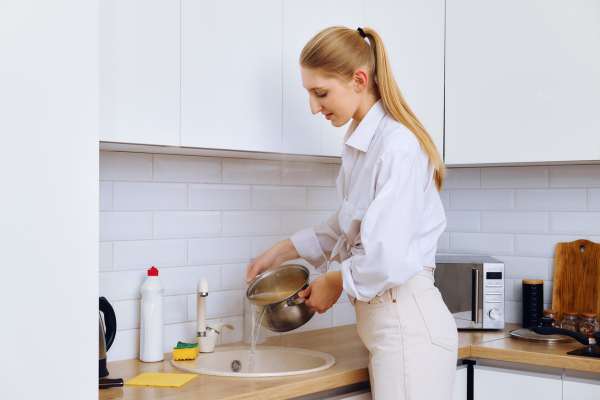
One of the simplest and most effective techniques for draining Noodles without a colander is using the lid of the pot in which the pasta was cooked. This method requires careful handling to avoid burns or spills. Simply leave a small gap open while holding the lid securely against the pot, allowing the water to pour out while the Noodles stay safely inside. This technique works best with pots that have lids fitting snugly enough to prevent pasta from escaping. It’s a quick, efficient way to drain your Noodles without needing any special tools beyond what you already used to cook it.
2. The Plate Technique
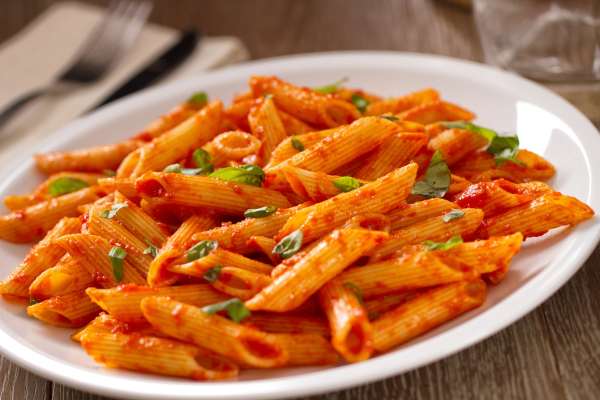
Another ingenious method involves using a large plate or a sturdy cutting board. Place the plate or board over the pot and flip the entire setup so that the water drains out while the pasta transfers to the plate. This requires a bit of dexterity and confidence as it involves flipping hot contents, but once mastered, it can be a very effective way to separate pasta from its cooking water. The key here is to ensure a firm grip and to perform the flipping motion confidently and safely over a sink to avoid any hot water accidents.
3. The Tongs Or Forks Method
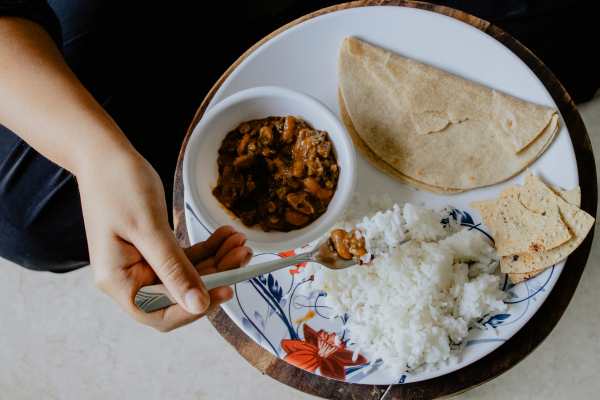
For those who find themselves without a colander, another effective strategy for draining Noodles involves the use of kitchen tongs or forks. This method is particularly useful for long noodle types like spaghetti or fettuccine. By gripping the pasta with tongs or twirling it around forks, you can lift it directly out of the pot and allow the hot water to drain back into the cooking vessel. This technique might require a bit more patience, as you’ll likely need to remove the pasta in smaller batches, but it’s an excellent way to ensure your Noodles is well-drained without the need for specialized equipment. Plus, it offers the added benefit of serving the Noodles straight from the pot to the plate, reducing cleanup.
4. The Slotted Spoon Approach
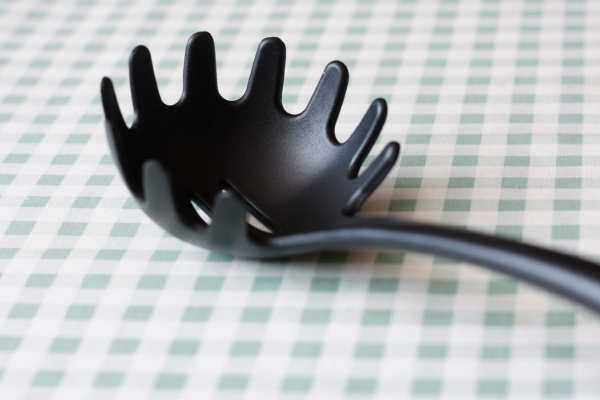
A dealing with shorter pasta shapes, such as penne, farfalle, or macaroni, a slotted spoon can be your best ally in the absence of Use A colander. Simply scoop up portions of the pasta with the spoon, and let the water drain through the slots back into the pot. This method allows for significant control over how much Noodles you’re removing at a time, making it easier to handle if you’re serving Noodles in different dishes or portions. While it might take a few scoops to get all your Noodles out, the slotted spoon approach is straightforward and efficient, especially when dealing with smaller quantities or when you need to reserve some of the pasta water for your sauce.
5. The Paper Towel Trick
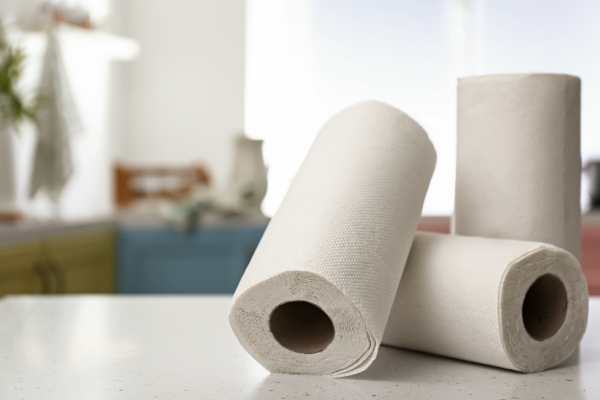
A lesser-known yet effective method for draining Noodles without a colander is the paper towel trick. This approach is particularly useful for small amounts of Noodles or when you need to remove excess water with minimal equipment. Simply lay a few layers of paper towels on a flat surface, spread your cooked pasta over them, and gently pat the top with additional paper towels. The absorbent nature of the paper towels will draw out the excess moisture from the Noodles, leaving it perfectly drained for your sauce or salad. While this method might not be suitable for large quantities or very hot Noodles, it’s a handy trick for smaller, quick meals or when you’re looking to achieve a drier Noodles texture for recipes like pasta salads.
6. The Cheesecloth Method
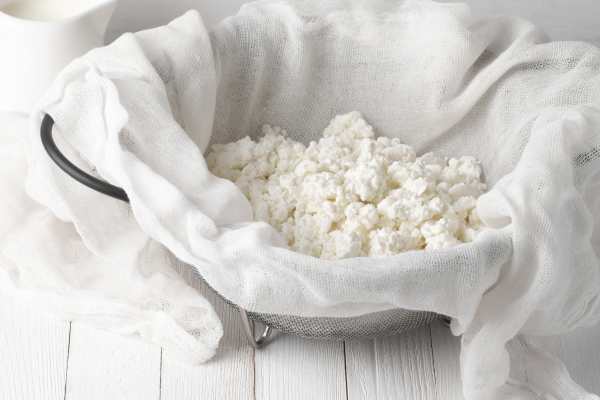
For those who prefer a more traditional kitchen hack, using a cheesecloth to drain Noodles offers an efficient and effective solution. This method works well for all types of pasta and is especially useful when you want to ensure that absolutely no Noodles slip through the cracks, as might happen with larger utensils. To use this method, lay a large piece of cheesecloth over a bowl or pot, secure it with a rubber band or your hands, and carefully pour the pasta and water over the cloth. The cheesecloth will catch the Noodles while allowing the water to drain through. After draining, simply lift the cheesecloth, and you have your perfectly drained pasta ready to be dressed and served. This method not only drains effectively but also offers a soft handling of delicate Noodles shapes, preserving their integrity.
7. Diy Colander
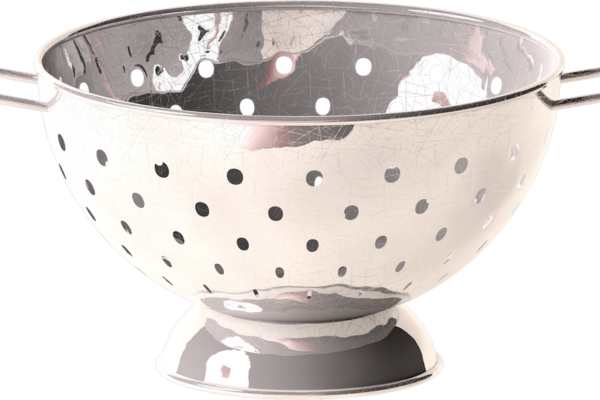
For those who enjoy a bit of DIY or find themselves frequently in need of a makeshift colander, creating your own from common kitchen items can be a game-changer. One approach is to poke small holes in the bottom of a clean, sturdy plastic container, effectively turning it into a homemade colander. This method is especially useful for larger quantities of pasta and can be a fun project that results in a useful kitchen tool. Ensure the holes are small enough to prevent pasta from slipping through but large enough to allow water to drain effectively. This DIY solution not only adds a personal touch to your kitchen arsenal but also reinforces the idea that with a little creativity, you can overcome any kitchen challenge.
Are There Any Pasta Types That Are Harder To Drain?
While the techniques described can be applied to virtually all pasta types, some shapes and sizes can be trickier to drain than others. Small, fine pasta like orzo or angel hair can slip through larger gaps, making them more challenging to drain using methods like the lid technique or DIY colander with too-large holes. Similarly, very delicate noodle shapes may require gentler handling to prevent breaking, making the slotted spoon or cheesecloth methods more appropriate. Understanding the characteristics of different Noodles types can help you choose the most effective draining method for your meal.
Conclusion
Mastering the art of draining pasta without a colander is a testament to culinary resourcefulness and creativity. Whether you’re using the lid method, a plate, kitchen tongs, a slotted spoon, paper towels, cheesecloth, or even crafting your own DIY colander, each technique offers a unique solution to the common challenge of draining pasta. These methods not only ensure that the absence of a colander doesn’t halt your cooking process but also highlight the versatility of everyday kitchen items. As you become more familiar with these alternative techniques, you’ll find that they not only serve their immediate purpose but also enhance your overall cooking experience, making you a more adaptable and skilled cook.
